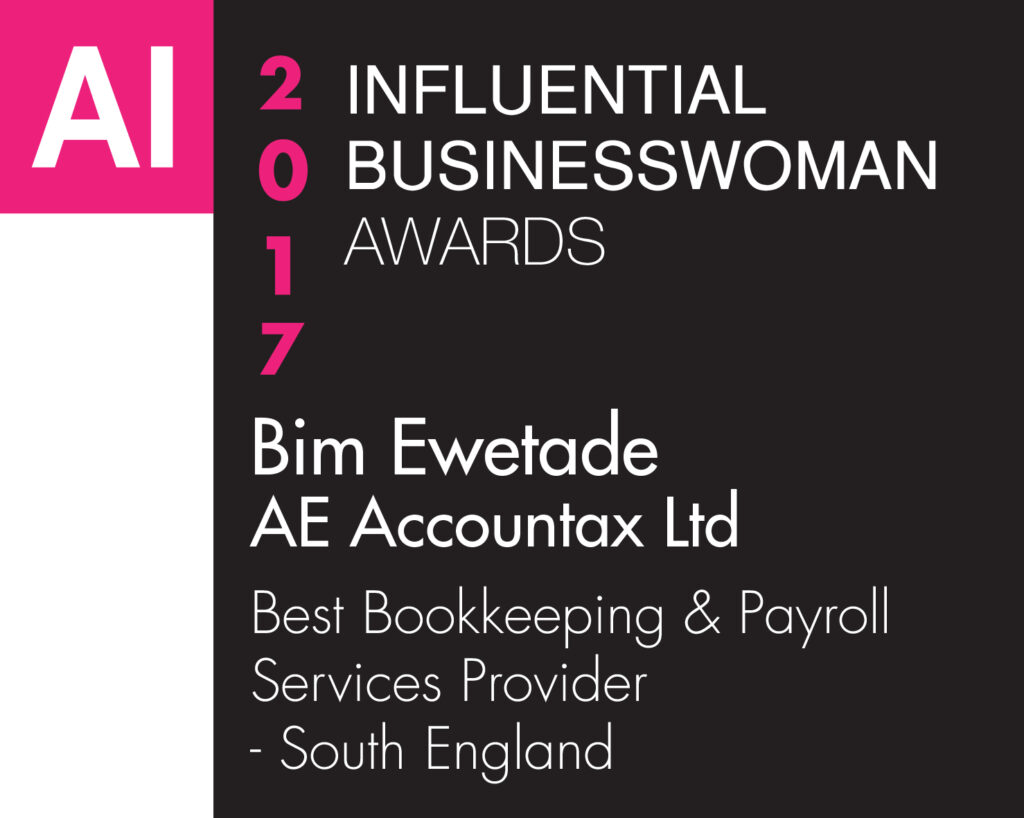Peter Drucker said:
‘Entrepreneurs believe that profit is what matters most in a new enterprise. But profit is secondary. Cash flow matters most.[1]’
In this article, I will explain what cash flow is, why it matters in organisations, how to ‘project’, and make the best use of cash flow.
What is cash flow?
Cash flow refers to the movement of cash into or out of a business, a project, or a financial product.
Cash flow comes in three ways. It could be from the operating, investing, or financing activities of the organisation.
Why is cash flow important?
Cash flow refers to both the real physical incoming and outgoing of cash and the statement that you prepare from these. The cash flow statement enables you to understand how the operations of your organisation are running, where the money is coming from, and how it is being spent.
Without cash flow, you have no idea what is happening in your organisation. Money comes in and it goes out.
You, would therefore not know whether you have enough money in the organisation to employ more staff, pay you dividend or enough money to manage in a crisis like COVID-19. This makes you wake up in the night, thinking and worrying about your team and family.
By sorting out your cash flow, you eliminate these problems and have an organisation that gives you the freedom you crave.
Here are 7 tips to help you get on top of your cash flow:
Tips
1) Keep adequate records in your organisation:
There are many costs involved in establishing any organisation and in providing services
to clients, or in selling products to customers. Organisations want to be able to cover these costs and have an excess. This assures them that they can continue providing the services or the products for the foreseeable future. Without adequate records, a company will not be able to assess whether it is profitable or not.
Profitable sales are a hit and miss operation without adequate cost information[2]
2) Understand your costs.
Some costs are fixed, while others are variable. It is imperative to understand what makes up the costs in the organisation. Fixed costs are the costs that are constant for specific periods. Examples are rent and salaries etc. Variable costs are the costs that are dependent on the number of goods or services produced. This cost will usually reduce per unit, as the quantity of each product or service increases.
An understanding of these costs enables you to decide if you need to reduce the fixed cost that you incur on for example rent, by operating from smaller premises, or if you can increase the number of products or services that you offer your customers.
3) Check- if you are financing your customers to the detriment of your organisation.
How long does it take your customers to pay you after you have provided the service or supplied the products?
4) Obtain and use timely information in decision making.
You want to be up to date with the financial position of your business.
Use the data from your records to analyse your cash inflow and cash outflow. Under which category do they fall? Are they due to your operations i.e. your core business activities? or due to investing activities like the purchase of assets? or financing like debt or equity?
5) Prepare your cash flow statement.
You can prepare this, only after you have prepared your income statement and your balance sheet for the past period. This could be for a month or a quarter, as you want to review the cash flow on a timely basis, for decision making. It could also be six months, or more to be able to review the trends of incoming and outgoing cash in making management decisions.
The cash flow statement shows how the changes in the balance sheet and the income activities affect the cash and cash equivalents.
6) Plan, project, and forecast for the future
You can now use the information you have, to forecast, and make decisions that will help in steering the course of your business or charity. You can project the effect of taking various steps to improve your business on your available cash.
The formula for cash flow forecast is:
Cash Flow Forecast
Beginning Cash + Projected Inflows – Projected Outflows= Ending cash
7) Phase your growth and address any projected future cashflow shortage.
After considering the performance of your organisation, you may want to expand your business. This may be by expanding your services or the types of products that you offer.
There is a need to also review your services or products. Are some becoming obsolete and need to be revamped?
Do you need to obtain debt financing from 3rd parties to embark on the next stage of growth or do you need to streamline and reduce your services?
The cash flow forecast will help in making those decisions.
In this article, I have covered what cashflow is, what you need to know to make a good sense of your cash flow, and how you can utilise your cash flow statement and cash flow forecast to make decisions that steer the course of your business or charity.
Are you unsure of the state of your cash flow, unsure if you have enough cash to take you through the pandemic, or unsure if you can take up the opportunity that is available to your business or charity?
Call Bim Ewetade at 07541 465 529 or email me at bim@aeaccountax.co.uk,
I can help you to prepare your cash flow statements and forecasts and support you in making management decisions that will enhance your organisation.
I also provide services in:
Tax advisory, Tax services,
Accounting, and Bookkeeping along with independent examination of accounts,
Payroll, and training on the QB Bookkeeping software.
[1] Peter Drucker “Managing in the Next Society”, (2012). p.69, Routledge
[2] Joe Driscoll, ‘Finance – It’s Your Business’ (It’s Your Business, 2009) <https://driscollitsyourbusiness.wordpress.com/category/finance/> accessed 30 September 2020.







